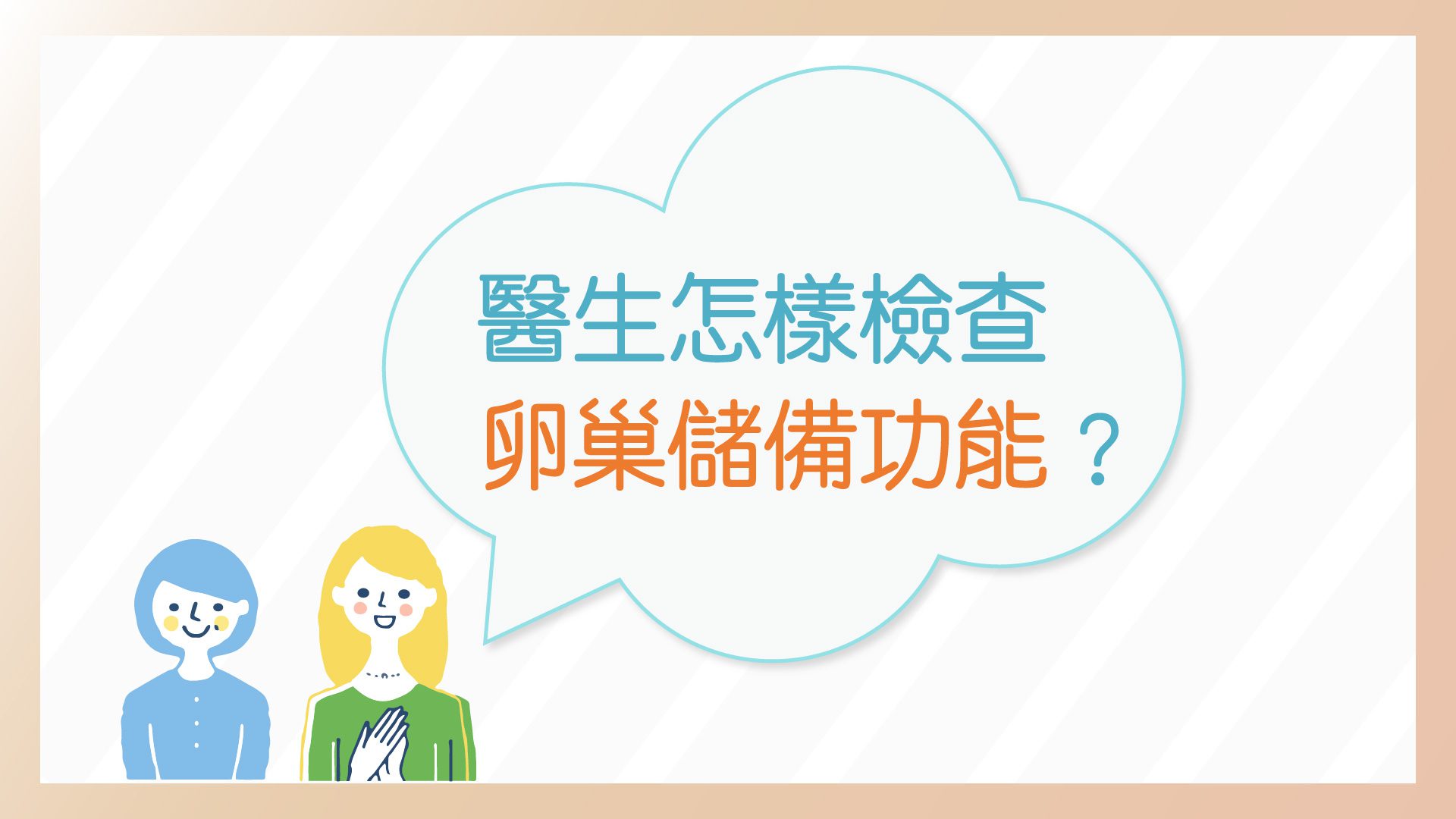A hysterosalpingogram (HSG) is a fertility test to determine if the fallopian tubes are open or blocked, and whether a blockage is located at the junction of the tube and uterus (proximal) or whether it is at the other end of the fallopian tube (distal). The uterine cavity is also evaluated for the presence of congenital uterine abnormalities, polyps, fibroids or uterine scars.
You have to call the clinic on Day 1 of your menses to make the arrangements. The test is done by a radiologist (X-ray doctor), usually when the menstruation has just stopped and before ovulation, i.e. between Day 5 to Day 10 of the menstrual cycle. You have to avoid sexual intercourse from Day 1 till the day of the HSG test. The nurse will inform you when the date and time have been fixed. You can come to the clinic to pick up the medications and referral letter any time before the scheduled appointment.
Two hours before the appointment, you have to take some food. This is followed by the medications given to you earlier. The medications include antibiotics to reduce the chance of getting an infection and pain killers to reduce the pain associated with the procedure.
The HSG takes about 15-30 minutes. You will be asked to lie flat on the examination table. The radiologist will place a speculum in the vagina and then a thin catheter into the cavity of the womb. Contrast fluid that shows up on X-ray will be slowly injected through the catheter into the cavity of the womb and X-ray pictures will be taken to see if the contract fluid can fill up the cavity and spill into the abdominal cavity. When the procedure is complete, the instruments will be removed from the vagina.
Complications associated with HSG include the possibility of an allergic reaction to the dye, which is uncommon. This usually causes a rash, but can rarely be more serious. Pelvic infection or uterine perforation are also possible complications, but these are very uncommon.
** If you are taking Metformin, please do not take the medication 2 days before and 2 days after the HSG examination (Total five days, including the procedure date).






